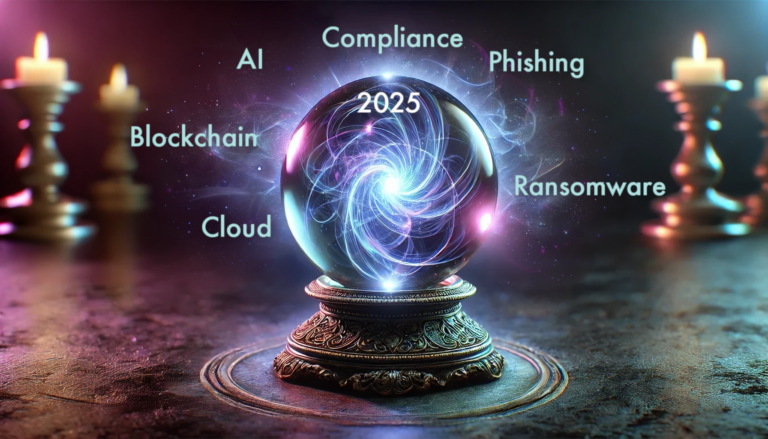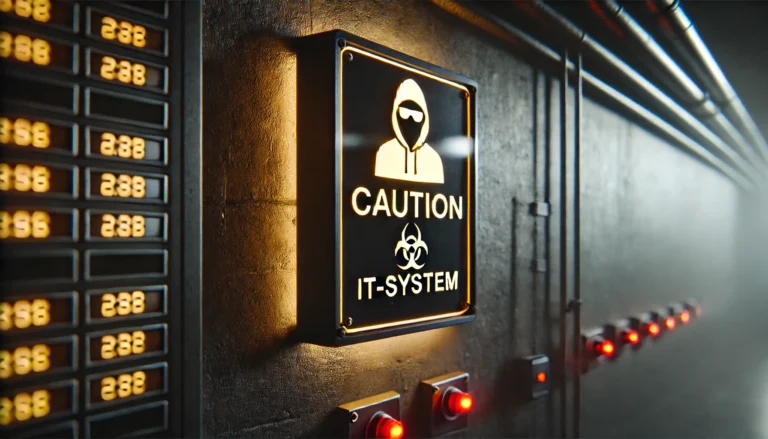The notion that smaller organizations are unlikely targets for cyberattacks is one of the most persistent misconceptions in cybersecurity. Recent reports suggest that major telecommunications providers, including those with annual revenues ranging from approximately $14 billion to over $133 billion, may have been targeted in sophisticated cyber incidents. Despite their substantial resources and dedicated security teams, these organizations remain vulnerable to the evolving threat landscape.
Such incidents serve as a stark reminder: no organization is immune. For smaller businesses, the takeaway is clear. If even the largest corporations can be breached, no organization can afford to assume it is “too small” to attract attackers.
The Reality of Cyber Threats
One reason the “too small to hack” myth persists is the misunderstanding of how cyberattacks operate. While high-profile companies are often seen as prime targets, many attacks are opportunistic, relying on automated tools to identify and exploit vulnerabilities. These indiscriminate methods mean that any organization with weak defenses, regardless of size, could be compromised.
Telecom providers are particularly high-value targets due to their role in enabling global communication and connectivity. However, the lessons learned from these incidents apply universally. Smaller organizations may not provide access to millions of customers, but their vulnerabilities can still be exploited—whether for financial gain, data theft, or as an entry point into larger ecosystems.
Preparedness: The Key to Cyber Resilience
The scale of an organization does not determine its ability to defend against cyber threats—preparedness does. The incident response lifecycle, encompassing preparation, identification, containment, eradication, and recovery, offers a scalable framework for organizations of all sizes to mitigate risks effectively.
Risk assessment forms the cornerstone of preparedness. By identifying critical assets, understanding potential threats, and evaluating the impact of various scenarios, businesses can prioritize their efforts. Even smaller companies with limited budgets can implement robust incident response plans tailored to their unique risks. Testing these plans through simulations or tabletop exercises ensures that teams are ready to act when an incident occurs.
Building a Culture of Resilience
Cybersecurity is not solely about technology; it is a shared responsibility across an organization. Creating a culture of resilience involves regular training, fostering awareness, and integrating security considerations into all business processes. Even modest investments in these areas can significantly enhance an organization’s ability to respond to and recover from cyber incidents.
The reported incidents involving telecom providers underscore the importance of readiness. While large corporations may have extensive resources, smaller organizations can compensate through agility and focused planning. The question is not whether a breach will occur, but how prepared an organization is to respond effectively.
Conclusion
The myth of being “too small to be hacked” is not only misleading but dangerous. All organizations, regardless of size, face cyber risks that demand proactive management. Incidents involving major telecom providers serve as a reminder that even the most well-funded enterprises are not invulnerable. The true differentiator is preparedness. By investing in risk assessments, incident response planning, and fostering a culture of security, organizations of all sizes can build resilience and mitigate the impact of inevitable threats.
Contact us for a free initial consultation.



